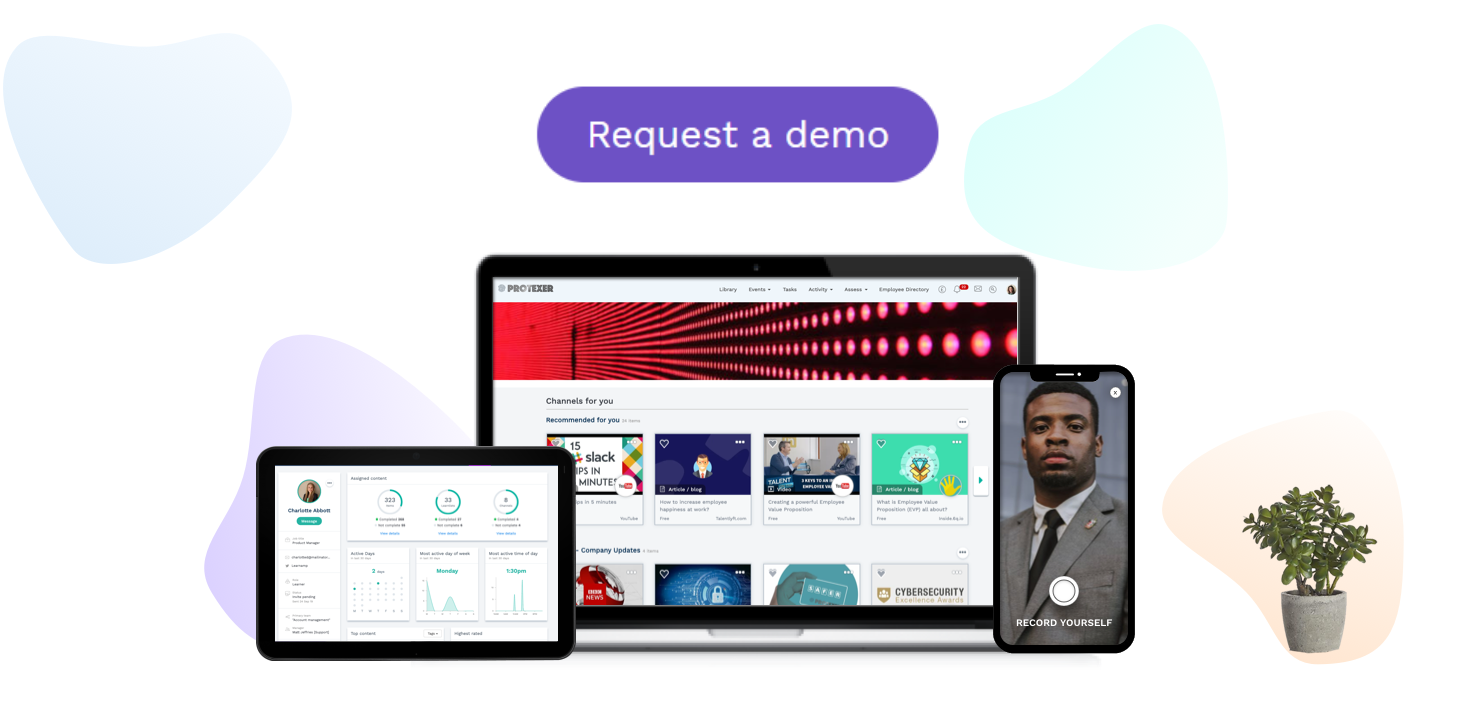Some businesses are reluctant to invite candidates to spend the day working with their prospective team before making a final offer. After all, it can add extra time and effort to your recruitment process. However, we believe that working together before you start is worth the time and effort. Here’s why.
The cost of poor hiresHiring the wrong person is incredibly expensive. Just look at the numbers:
- A bad hire can cost up to 30% of the employee’s first year of salary.
- Managers can spend up to 17% of their time managing underperforming employees.
- 23% of new hires may leave within the first year.
- Replacing an employee can cost businesses up to $240,000, once you tot up recruitment fees and time, advertising costs, disrupted projects and lost customers.
Added to this, the cost to team morale when a new hire doesn’t work out can be significant. It’s never fun to be forced to compensate for a team member who isn’t the right fit for the role - and it isn’t great for the new hire either. Not to mention the disruption and damage caused to morale and productivity by a fast turnover rate.
In short, investing in the time to get to know your new hire will be worth it. Improving your quality of hire will help keep employee performance and company culture strong, while saving significant expense.
Why spending the day together makes all the difference
1. You can confirm your assessment of their values fit.At Learn Amp, we aren’t big fans of the phrase “cultural fit.” Too often, screening for culture fit can result in a loss of diversity - too many hiring managers take “cultural fit” as a by-word for “someone like me.”
We prefer the term “values fit.” Your values can be defined as your priorities, your behaviours, how you treat other people, what you find motivating, and how you make decisions. Making sure that your new hire is aligned with your team and company values can be one of the best ways of making sure they’ll thrive in your organisation.
While you can gauge your candidate’s values by asking the right interview questions, a good values fit isn’t simply about how people think. It’s important to get a sense for how they apply those values in their day-to-day tasks, to see if they’ll work well with the rest of their colleagues. Here’s where a task-based recruitment phase can be a great way to make sure that your interview assessment holds up in real life.
2. They can confirm that they actually want the job.Even the best-worded job ad can fall short of describing what it’s really like to work somewhere. To get the best out of your recruitment process, you need to think of it as a two-way street. You’re evaluating the candidate, but they should also have ample opportunities to evaluate you!
By inviting your finalists to work with you on work-based tasks, you give them the time and space to make sure that they really do want the job, like your company culture and feel comfortable with their new teammates.
You can also confirm their commitment to making a move. If a candidate isn’t prepared to take a day’s holiday to spend the day getting to know their new employer and team, it could suggest that they may not really be serious about the move. To make it easier and fairer on the candidate, you can also pay them compensation to show that you really do value their time.
3. You can ramp up the onboarding process.Bringing the prospective new employee into the workplace - or into your digital workspace if you’re working from home - will obviously help reduce the time the employee needs to get up to speed when they actually start working for you.
Working together can also be a great way to spot any issues that might get in the way of your new hire’s performance. For instance, if they need any additional support or tools to work from home, you’ll be able to address those problems before they have even started. More importantly, they’ll feel part of the team from Day 1, boosting their engagement and therefore encouraging stronger performance.
How to implement a project-based recruitment phaseHotjar, a remote-only software company famous for its exceptional company culture, has the work trial process nailed. Finalist candidates are invited to complete a multi-day paid task, to see how they work. Crucially, they are also invited to join the company’s internal messaging platform, ask questions and take part in the daily workplace chat. Hotjar explains,
“Culture is important to us and we want to be sure that you have what it takes to be awesome at your job, while also fitting in with our awesome team - the remote way.”
Or, if this is too much of a time commitment, you could do what we do here at Learn Amp. While we don’t invite candidates into the workflow before they start, we do include interactive tasks in our remote-friendly recruitment process so that candidates get a really good flavour for the role. Our recruitment structure is as follows:
- Candidates are asked to self-record and send us a 5-minute video, introducing themselves to us and answering specific questions.
- We ask them to complete a timed “mission” to see their professional skills in action, and get a sense for their experience, competencies and values.
- For our finalists, we invite them to take part in a role play scenario that will resemble a situation they may face in their new job. We also ask them to work on some interactive tasks and have a chat with their prospective future teammates.
Whichever approach you go with, a trial-based recruitment phase needs to be more in depth than just inviting candidates in for a chat, or to shadow an existing employee. Here are some tips for getting the most out of the experience:
- Invite the finalist candidates to complete a project in collaboration with their existing team. Select practical, relevant tasks for them to work on to get a real sense of their performance.
- Look closely not just at what they do, but how they do it. Which aspects do they prioritise, and why? How do they make decisions?
- When they’ve completed the tasks, conduct an interview to understand how they went about their work and any areas they identified as particularly challenging. This not only helps you confirm values fit, it can also be a way to flag up possible areas to target with your initial learning program.
- Finally, incorporate this process into your recruitment and onboarding programs:
-
- The information you’ve gathered about the candidate’s strengths and weaknesses can help you to customise their onboarding with a personalised learning pathway.
- The way that your finalists performed during the task-based phase of your recruitment process can either confirm that your interview and screening processes are working well, or flag up any issues that need to be addressed.
To wrap up, trial-based recruiting can be an invaluable way to confirm that your candidates have the right values fit, skillset and commitment to the role. Implementing a task-based stage in your recruitment phase can help your company reduce turnover, increase employee performance, and improve your recruitment and onboarding processes.




